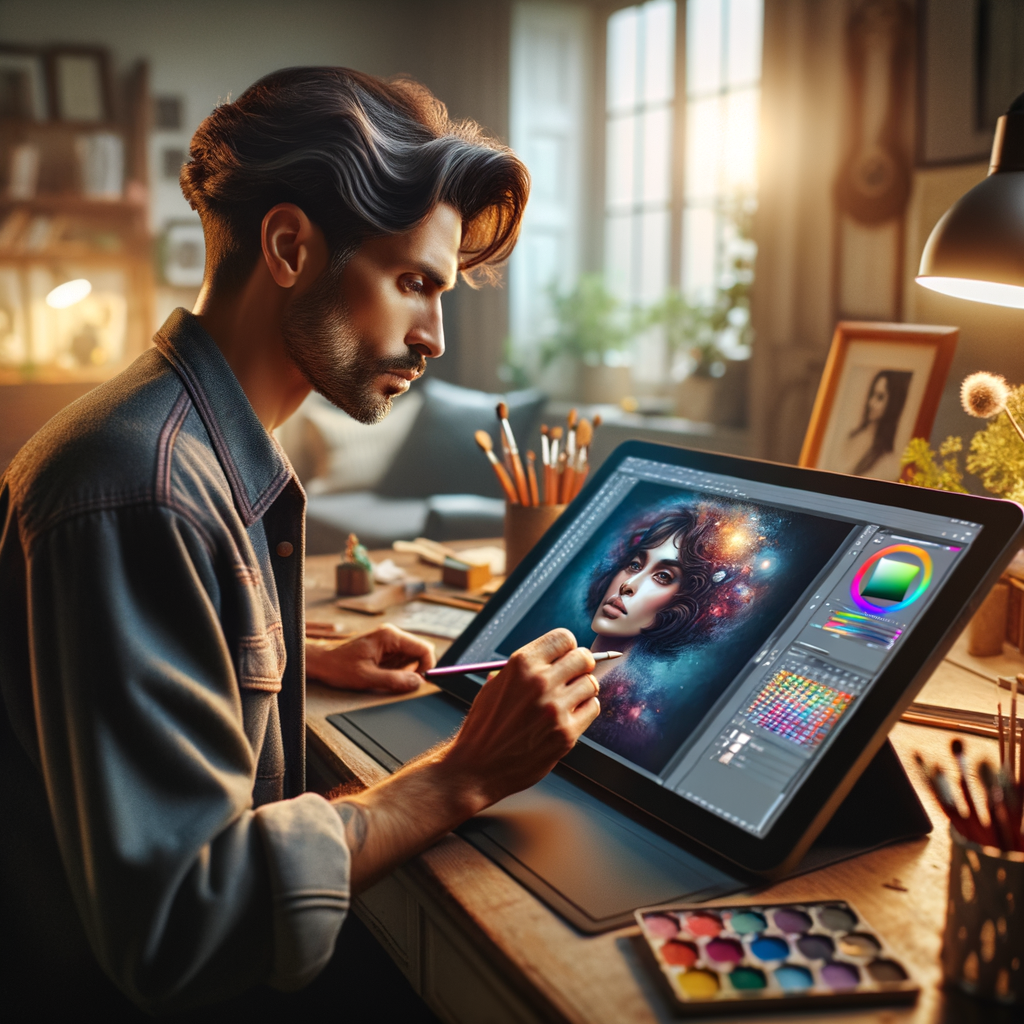
Digital portrait painting is an enriching and challenging pursuit for artists of all levels. Whether you're just starting your journey or you are an experienced pro, mastering the techniques of lifelike portraiture can take your art to the next level. In this article, we will delve into the essential tips and methods that can help you create stunning digital portraits that resonate with viewers. From understanding anatomy to utilizing advanced tools in digital software, you will find a wealth of information at your fingertips.
To begin with, one of the fundamental aspects of creating convincing digital portraits is comprehending human anatomy. Understanding the structure of the human face will enable you to depict features more accurately. It’s essential to study both the underlying bone structure and the muscles that give faces their unique shapes and expressions.
With digital art tools like Photoshop or Procreate, artists can zoom in and observe the subtleties of facial features. Spend some time sketching and studying different faces, capturing not only the overall likeness but also the minor details that breathe life into your artwork.
As you develop your skills in anatomy, practice drawing various angles and expressions. It’s fascinating how shadows and highlights can completely transform a face. Utilize references, photographs, and tutorials available online to familiarize yourself with diverse facial structures and expressions.
Beyond anatomy, color theory plays a crucial role in portrait painting. Selecting the right color palette can dramatically impact the mood and feel of your artwork. This involves not only choosing tones that complement the subject but also understanding how light affects colors. Experiment with different palettes and observe how adjustments can enhance the lifeliness of your characters.
When painting digitally, consider using layers to separate different elements of your portrait. This will give you more flexibility to make adjustments without affecting the entire piece. For example, keeping the base colors on separate layers allows you to experiment with shading and highlights freely.
Another important technique is understanding how to create skin tones that appear realistic. Skin is not a single color but a complex mixture of tones. Pay attention to not just the light and shadow, but also how the color shifts in relation to temperature, for example, warm undercurrents of red or yellow against the cooler blues and greens of shadows.
One of the most dynamic features of digital painting is the ability to undo mistakes. Embrace this freedom to experiment with various styles and techniques without the fear of permanence. Use your history tool to step back if a decision doesn’t quite work out. It's all part of the creative process!
Incorporating textures into your digital portraits can also enhance the overall effect. One method is to use textured brushes to simulate skin, hair, or fabric. These brushes can add depth and interest, making your characters feel more three-dimensional. Search for brushes tailored for skin or hair textures, or you can create your own by modifying existing ones.
Once you’ve established the primary aspects of your portrait, the final touches are what will elevate the piece. Pay attention to the eyes, as they are often considered the window to the soul. Invest time in getting the reflections and details within the eyes right, as they can convey emotion and a sense of personality.
Moreover, background elements can complement or distract from your portrait, so it’s essential to strike a balance. Consider how the background contributes to the overall composition and whether it serves to highlight your subject effectively or draws attention away.
Finally, continuous practice is vital to becoming proficient in digital portrait painting. Allocate time in your schedule to experiment and create new works. Follow tutorials, join communities, and share your work for feedback. Each piece you create is not just an artwork, but a stepping stone towards mastering your craft.
Whether you aim to pursue digital portrait painting as a professional career or a fulfilling hobby, the skills you build will enhance your overall artistry. Remember, every artist has their unique style; allow yours to develop and flourish. Dive into the world of digital portraiture with enthusiasm, and watch your creations evolve into stunning works of art.

